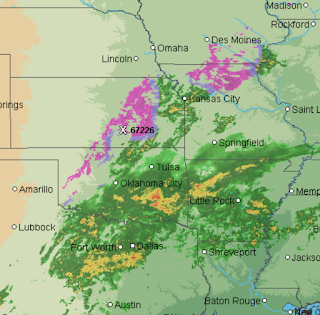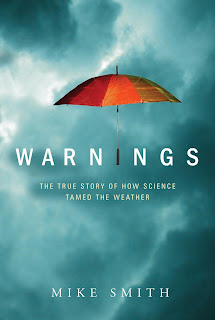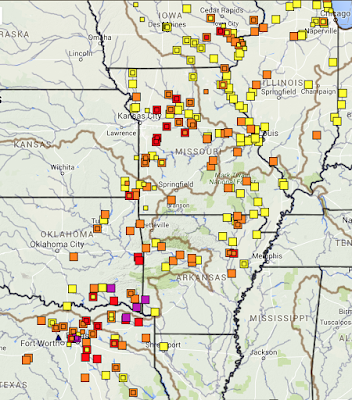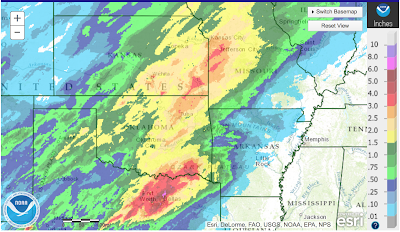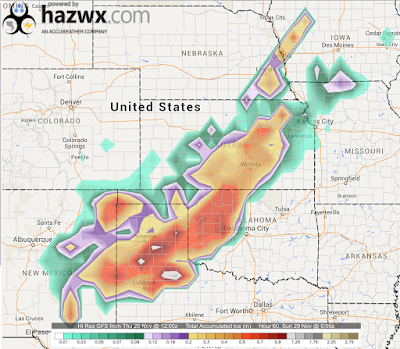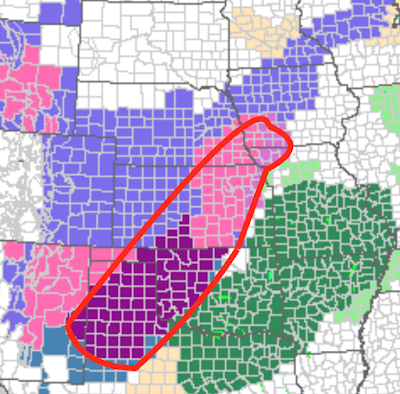Ice storms are, to me, the most difficult type of weather to forecast. Give me a tornado, hurricane or even snow situation any time. Of course, accurate forecasts are essential because ice storms can cause terrible misery, financial loss and occasionally, injury or death. Part of the difficulty is that ice storms require a specific, and uncommon, structure of the air above the ground. And, the worst ice can be in an area small enough that it is not sampled by weather balloons or instrumented aircraft. So, improving our forecasting tools is essential. Nearly 400,000 people in Oklahoma lost power at one point or another Friday into Saturday evening due to massive amounts of ice. Some are still without power. How can can electric utilities know to prepare for these storms? In 2007, Sidney Sperry (Oklahoma Electric Coops) and meteorologist Steve Piltz (NWS Tulsa) created an index that used wind, forecast ice thickness and temperature to assess the likelihood and severity of...


